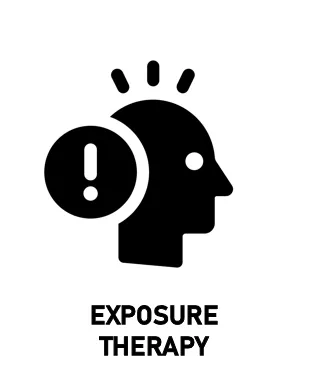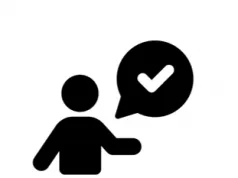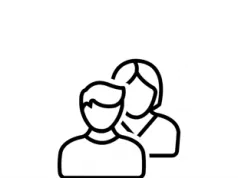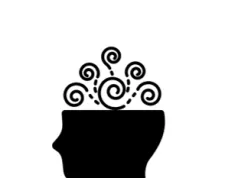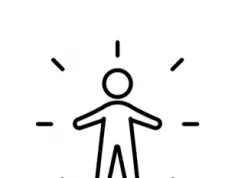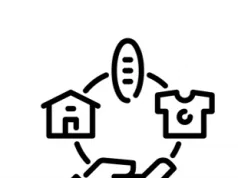Exposure Therapy is a type of talking therapy that can be used to treat many different mental health conditions. If you are considering attending Exposure Therapy, then this article should be very useful, as it will give you some useful knowledge.
There are many different types of talking therapy. Therefore, it is important to consider your choices.
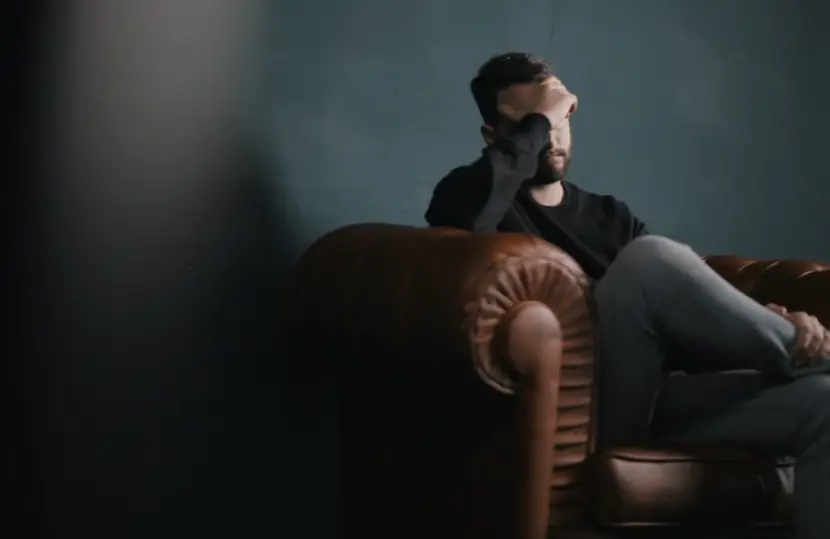
What is Exposure Therapy?
Exposure Therapy: Exposure Therapy – also known as Desensitisation – is commonly used for cases that involve either traumas or phobias. This type of therapy involves an individual being gradually exposed to their fear/trauma. A therapist can help set up a program for this. Over time, the individual will gradually become accustomed to their problem – though this takes time. The eventual aim is to overcome the problem. Relaxation methods may also be taught as part of this therapy.
1. Exposure Therapy works for many mental health conditions
Exposure Therapy can be used to treat many mental health conditions – it is very versatile.
It is best associated with trauma-based conditions such as Post-traumatic Stress Disorder. It can also be used for anxiety-based conditions too.
2. Exposure Therapy involves gradual exposure to their trauma or phobia
Exposure Therapy works on the idea that an individual who has problems with anxiety or trauma can be gradually exposed to their fear/past.
The belief is that by being gradually exposed, that the person will be able to week-by-week, slowly get used to their problematic area.
3. The evidence is good!
The evidence suggests that Exposure Therapy is an excellent form of therapy! Exposure Therapy appears to be effective for those with trauma or anxiety-based conditions.
Many people find that Exposure Therapy is able to transform their life and make them feel much healthier.
4. Exposure Therapy takes time
Exposure Therapy isn’t a short-term treatment – it takes time to work. While some therapies may only last a few weeks, Exposure Therapy is a slow treatment.
In order for a person to be gradually exposed to their problem, they need time – it is a process that can’t be fixed overnight.
5. Traumas will be tackled head on
The only way for Exposure Therapy to truly work is for the trauma, fear or phobia to be tackled head-on. This can be difficult, but it is necessary.
Difficult times will need to be discussed, but it is with the idea of having short-term pain for long-term gain. Hopefully it will be worthwhile!

6. Virtual Reality can be used!
In a rather exciting development, virtual reality technology is being increasingly implemented in Exposure Therapy.
This is a good way of a person being able to come to terms with their past problems, or to see their fears/phobias.
But it could be a while before virtual reality technology is being used all of the time in Exposure Therapy. Its use does appear to be highly-effective [1].
7. It requires commitment from the patient
In order for a patient to get the most out of Exposure Therapy, they will need to be committed. This includes being engaged in all sessions, completing any homework and putting changes suggested in therapy into practice.
By being fully committed, it will give the patient the best chance of success. This will hopefully result in remission of symptoms!
8. It can potentially be done on your own
While this isn’t something that we would typically recommend, it is possible to complete Exposure Therapy by yourself.
Some people find that doing exposure therapy through a self-help book or through an online service. But it is normally most effective when done through talking with a therapist.
See Also
- Therapy Home
- Everything You Need To Know About Talking Therapy
- FAQ’s About Talking Therapy
- Exposure Therapy: Everything You Need to Know
- The Advantages and Disadvantages of Exposure Therapy
- 8 Things You Should Know About Exposure Therapy
Disclaimer
This website should be used purely for informational purposes, and does not intend to, nor should it ever, be used as a replacement for professional medical advice.
We strive to keep all of our pages updated, and ensure that our website is full of factual and in-depth information. However, we encourage you to browse this website with care.
As a reminder, this website and all content within it cannot and should not replace the advice of a trained medical professional. You can read our full disclaimer at this link.
Helplines
If you are struggling with your mental health, help is available. With the right support and treatment, you can make a recovery. For information on helplines, or if you are in a state of crisis, please visit our crisis page by clicking on the relevant link for your geographical location (United Kingdom), (United States), (International). You can also see how to get mental health treatment and the process involved by clicking this link.
References
[1] Krijn, M., Emmelkamp, P., Olafsson, R & Biemond, R. (2004). Virtual reality exposure therapy of anxiety disorders: A review. Clinical Psychology Review. 24 (3), p259-281.

